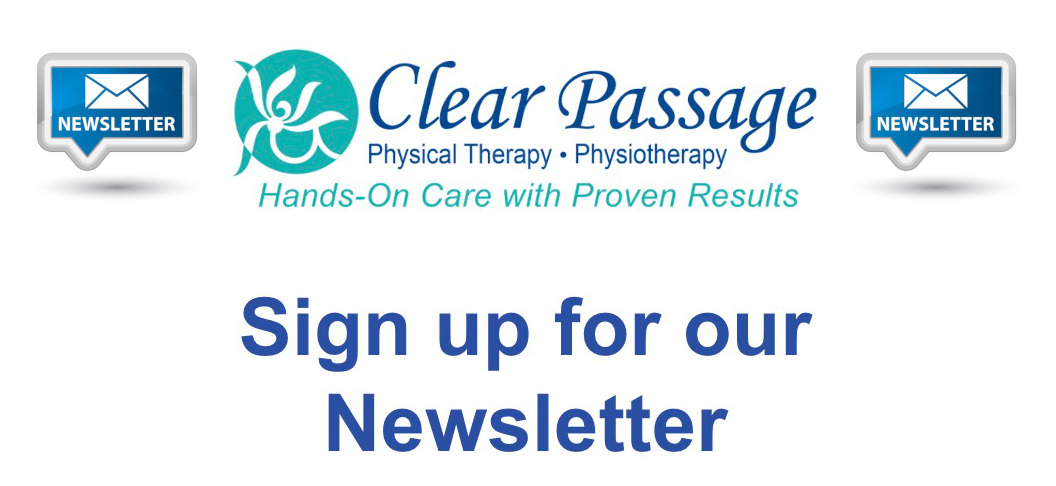We Treat Myofascial Pain Naturally
Clear Passage®️ has over two decades of experience treating the adhesions that cause myofascial pain, which is closely associated with adhered soft tissue. We use a non-surgical, manual physio/physical therapy to decrease the adhesive pulls on delicate, pain-sensitive tissues, alleviating myofascial pain symptoms significantly. Complete our online Request Consultation form to receive a free consultation with one of our expert therapists.
Causes and Frequency of Myofascial Pain
Millions of Americans have musculoskeletal pain. An estimated 10 million suffer from either myofascial pain syndrome (MPS) or fibromyalgia (FM). While they have much in common, these are now recognized to be two distinct syndromes. MPS is a localized disorder, while FM is a systemic disorder. (Schneider, 1995)
Because patients with these two distinct conditions have similar symptoms, it is easy for both patients and physicians to be confused about the correct diagnosis. Although there are clear-cut differences between the classic manifestations of the two syndromes, many patients have symptoms that appear to be features of both conditions. Some diagnostic tests do not show abnormalities in either condition. Both MPS and FM are considered diagnoses of exclusion. This means that you must exclude the possibility that the patient’s symptoms are due to some other disorder before you can conclude that the proper diagnosis is MPS or FM.
Janet Travell, M.D., a pioneering researcher in the field of MPS, describes this syndrome as “a regional muscle pain disorder that is characterized by tender spots in taut bands of muscle that refer pain to areas overlying or distant to the tenderness.” (Travell & Simons, 1983) Some patients develop MPS following trauma, although they may not be aware of the connection since the trauma can precede the onset of pain by weeks or even months.
Besides trauma, other potential causes or perpetuating factors for MPS include muscle strain and frequent exposure to cold, overwork and fatigue. Some mechanical problems with the structure of the body are also thought to be possible causes of MPS. These may include a short leg, an asymmetrical pelvis, a long second toe in the foot and dental abnormalities. Other factors that are thought to lead to MPS are overly tight bra straps, as well as compression of the hamstring muscles on the back of the thigh by the edge of a seat. The typical sitting posture of today’s office worker at a desk or computer terminal, forward head posture and slumped posture, has also been linked with the increased prevalence of MPS.
Symptoms
Symptoms of Myofascial pain include but are not limited to:
- A tender knot in a muscle
- Pain that persists or worsens
- Difficulty sleeping due to pain
- Deep, aching pain in a muscle
Treatments
Clear Passage®️ Treatment
At Clear Passage®️, we treat difficult, persistent MPS pain using a “hands-on” approach to alleviate your symptoms and discover the cause of your pain. We have been successful in helping many patients who have been unable to find pain relief through other treatment methods, such as traditional physical therapy and medications.
We begin by treating tight and dysfunctional areas in your body. A few minutes into your first treatment session, our therapists will be providing a gentle stretch for a sustained period of time to areas of your body where we feel abnormal tensions. This has been very effective in decreasing adhesions and frequently resolving pain symptoms. Goals of treatment include restoring alignment, balance and mobility to the pelvis, sacrum, thoracic and lumbar spines. We address headaches, neck, back and hip symptoms. We will treat the affected connective tissues and abdominopelvic organs.
Other treatment goals focus on decreasing pain and restoring range of motion. We work with you to improve your function and your tolerance for physical activity to return you to an active, productive lifestyle
Other Treatment Options (Surgery, Drugs)
Other treatment options for myofascial pain can range from self-care to pain medication to needle procedures.
Self-care treatments can include stretching and relaxing, however, if this does not resolve your pain, you may need to see a doctor.
Medications available to alleviate your pain include pain relievers, antidepressants and sedatives. Pain relievers will treat the symptoms of your condition, making it easier to go about your everyday life, but they do little to effectively treat your condition. A variety of antidepressants can help to relieve pain in some patients, and improve sleep if your pain is keeping you awake at night. Sedatives can also help to address the problem of poor sleep from persistent myofascial pain as well as any anxiety that arises from your condition. However, with sedatives and pain relievers, there is the risk of addiction. It is also important to keep in mind that these medications are rather ineffective in treating your condition as a whole. Instead, they treat your symptoms and problems that arise from your symptoms.
Needle procedures aim to inject numbing agents and or steroids into trigger points of your pain. It has been found effective in some patients that the act of inserting the needle into the trigger point helps to break apart the muscle tension. Acupuncture also appears to be helpful in pain relief from myofascial pain syndrome.
Testimonials
To read past patient success stories, please visit our Testimonials page.
Related Content:
Chronic Pain
- Back & Hip Pain
- Patient Story: Overcoming Chronic Pain After Multiple Traumas
- Adhesions: The Hidden Cause of Chronic Pain (Infographic)
- Childhood Surgery & Trauma
- Post-surgical Pain and Adhesions
- Anti-Inflammatories and Reducing Inflammation Naturally
- Migraines/Chronic Headaches
- Do I Have Mechanical Migraines?
- Myofascial Pain
- How Does Clear Passage® Therapy Compare to Myofascial Release and Visceral Mobilization?
- Myofascial Pain Syndrome and Fibromyalgia: What Is the Difference?
- Neck Pain
- Pain after Physical or Sexual Abuse
- Pain after Radiation Therapy
- Tailbone (Coccyx) Pain
- Sacroiliac Joint Pain
- TMJ/TMD























